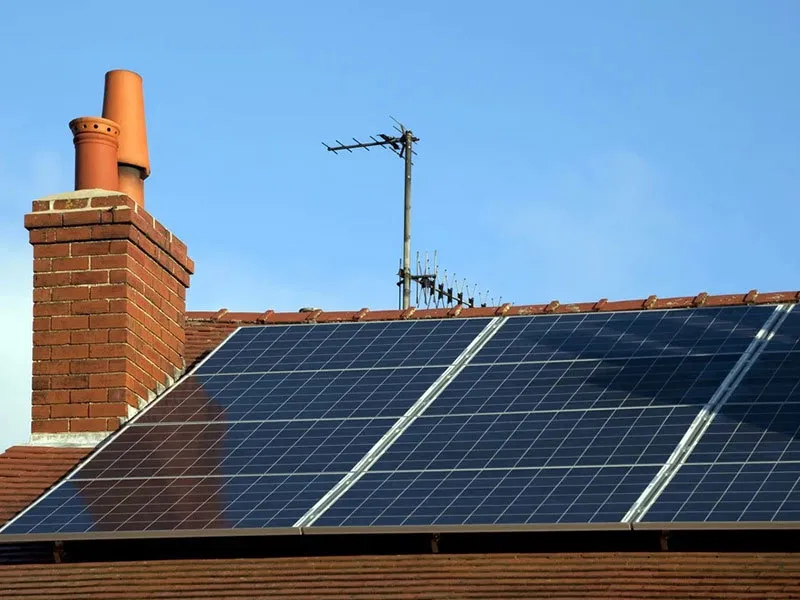Benefits and Innovations of Building-Integrated Photovoltaics for Sustainable Architecture
Exploring BIPV The Future of Sustainable Architecture
Building-Integrated Photovoltaics (BIPV) represent a revolutionary approach to integrating solar energy into architectural design, aligning with the growing need for sustainable energy solutions. As urban areas expand and the demand for energy surges, BIPV systems offer an innovative way to harness solar power while enhancing the aesthetic appeal of buildings. This article delves into the principles, benefits, and future potential of BIPV as a cornerstone of green architecture.
BIPV systems consist of photovoltaic materials that are seamlessly incorporated into building elements, such as roofs, facades, and windows. Unlike traditional solar panels that are externally mounted, BIPV products serve dual purposes they generate electricity and function as integral building materials. This integration is not only aesthetically pleasing but also optimizes space in densely populated urban areas where land is at a premium. The diverse array of BIPV products available today, including solar shingles, tinted windows, and facades, can be tailored to various architectural styles, making them suitable for commercial, residential, and institutional buildings.
.
In addition to their energy-producing capabilities, BIPV systems also provide insulation benefits. High-quality BIPV materials have excellent thermal performance properties, which can help regulate indoor temperatures and reduce reliance on heating and cooling systems. This dual functionality enhances the overall sustainability of a building, further promoting the case for BIPV as a viable solution in climate-conscious architecture.
bipv

Another noteworthy aspect of BIPV is its potential to positively impact urban development. As cities become more congested, the need for innovative solutions that maximize land use is paramount. BIPV facilitates compact building designs by integrating renewable energy generation within the structure. Moreover, the aesthetic versatility of BIPV allows architects to create visually striking designs that can redefine skylines while contributing to renewable energy goals.
Despite its numerous advantages, the widespread adoption of BIPV faces several challenges. One significant barrier is the initial cost of implementing BIPV systems, which can be higher than traditional building materials and solar panels. However, it is important to consider the long-term savings on energy costs and the added value in property investment. As technology advances and production methods improve, the costs are expected to decrease, making BIPV increasingly accessible.
Regulatory and building codes can also pose challenges to BIPV adoption. Policymakers must adapt regulations to facilitate the integration of BIPV technologies while ensuring safety and performance standards. Encouragingly, many governments and municipalities are beginning to recognize the importance of renewable energy and are implementing incentives, grants, and subsidies to promote the use of BIPV in new constructions and retrofitting projects.
Looking toward the future, the potential for BIPV is immense. As the world grapples with the realities of climate change and seeks cleaner energy solutions, BIPV can play a crucial role in building a sustainable future. Innovations in material science, such as the development of organic photovoltaic cells and enhanced energy storage systems, could further enhance the efficiency and appeal of BIPV technologies.
In conclusion, Building-Integrated Photovoltaics stand at the forefront of the intersection between renewable energy and architecture. Offering a compelling solution to energy demands while promoting aesthetic and spatial efficiency, BIPV systems exemplify the potential for innovative design in a sustainable future. By embracing BIPV, architects, builders, and policymakers can contribute significantly to the creation of resilient urban landscapes that harness the power of the sun, paving the way for a greener, more sustainable world.
-
Understanding the Advantages of Solar String Inverters for Your Energy SystemNewsApr.29,2025
-
Choosing the Right PV Inverter: A Comprehensive GuideNewsApr.29,2025
-
The Future of Solar Power: Exploring Bifacial Solar PanelsNewsApr.29,2025
-
The Complete Guide to Solar Panels: Efficiency, Cost, And InstallationNewsApr.29,2025
-
The Best Options for Efficiency and Cost-EffectivenessNewsApr.29,2025
-
Harnessing the Power of Off-Grid Solar Inverters for Energy IndependenceNewsApr.29,2025







